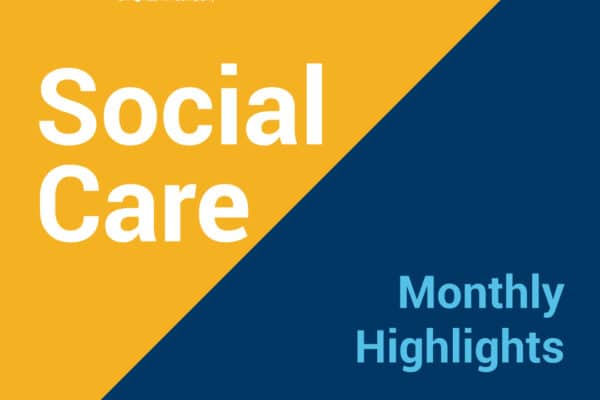
NMES are a category of sugars that are widely considered as an important dietary factor in dental decay. Extrinsic sugars are defined as any sugars not contained within the cellular structure of a food, either because they have been added (in any form including sucrose, glucose, fructose, maltose, hydrolysed starch, invert sugar, corn syrup, honey) or because the food has been processed which has released sugars from the cell structure. The sugar naturally present in milk (lactose) is excluded from the definition as it is not considered to have adverse effects on teeth.
Does evidence continue to support guidelines?
WHO were interested in whether evidence continues to support guidelines on sugar intake. Their commissioned review included 55 studies that looked at the association between the amounts of sugars consumed and levels of dental caries over the past 60 years. It concluded that the incidence of tooth decay is lower when sugar makes up less than 10% of total recommended calorie intake. The review also tried to answer whether there was evidence of lower tooth decay when sugar intake was less than 5%. The evidence whilst suggesting there may be benefit came from 3 small low quality Japanese studies in 1959 and 1960, and cannot be used as the basis for recommendations.
The review provides a reminder that whilst fluoride is protective, there is still an association of sugary foods and drinks with tooth decay.
Dietary surveys
UK dietary surveys show that average consumption of sugar exceeds recommendations. The 2012 Family Food Survey based on household purchases show the food groups that contribute most to NMES intakes are sugar and preserves, soft drinks and confectionery. The latest National Diet and Nutrition Survey which looks at individual intake shows interesting variations with young people in particular having high intakes from soft drinks, and an NMES intake of 15.3% of food energy in children aged 11 to 18 years.
People need to limit their sugar intake but don’t have to give up all sugar containing foods. The key is moderation.




